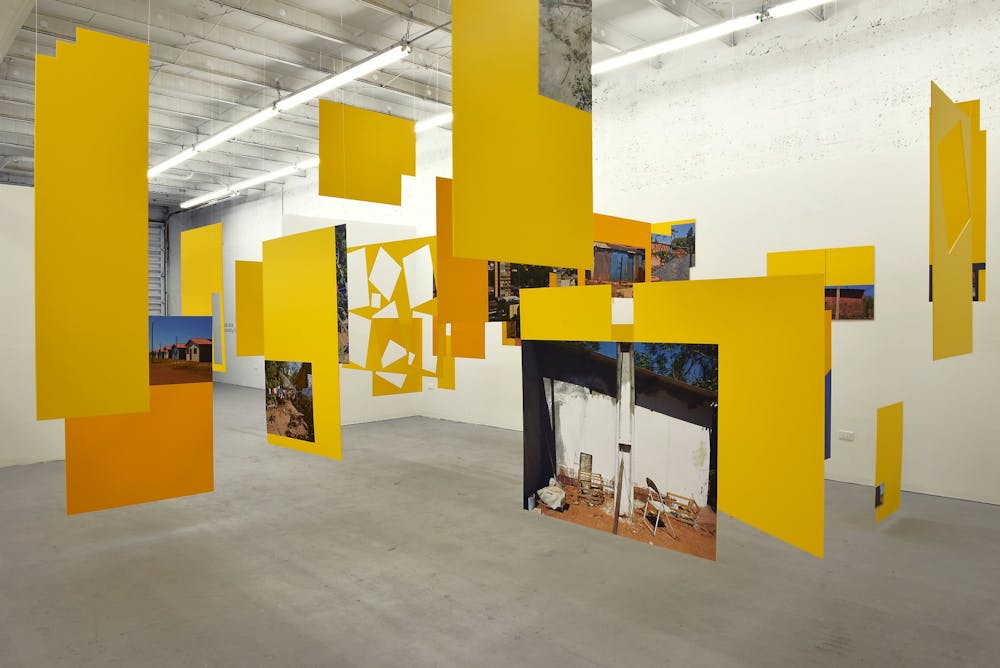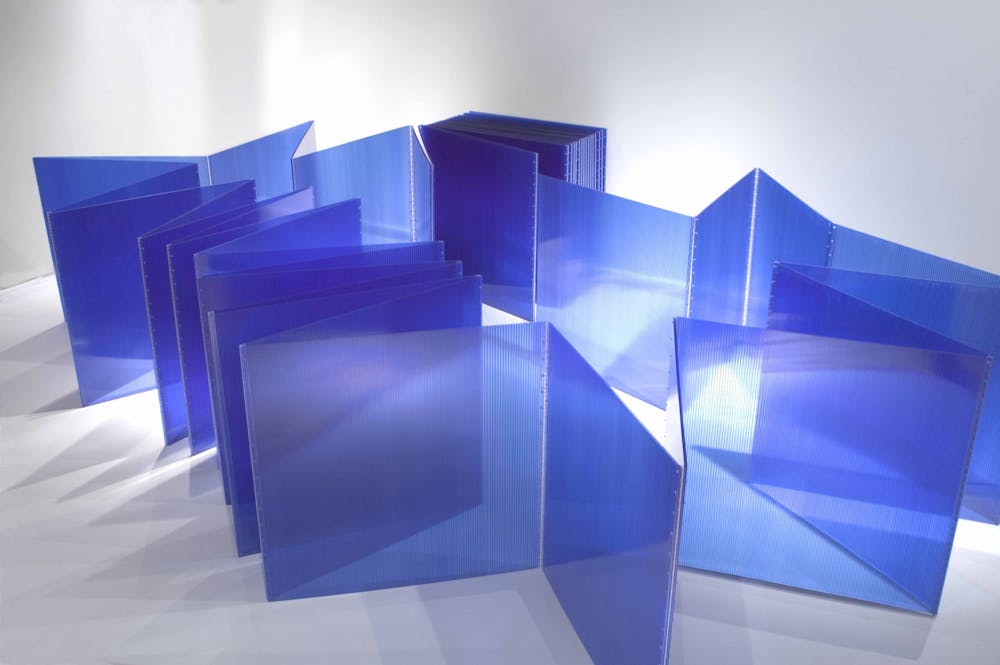The Phoenix Art Museum is organizing "Stories of Abstraction: Contemporary Latin American Art in the Global Context," an exhibition showcasing contemporary Latin American artworks and their commentary on culture and politics while examining stylistic influences from European predecessors, which will open Sept. 19.
Set to be located in the Steele Gallery for over four months, Stories of Abstraction includes 25 artists from eight different Latin American countries and over 40 recently-acquired abstract works, along with 35 other works.
Gifted to the museum in 2018 by Nicholas Pardon, co-founder of the former Space Collection, Stories of Abstraction was initially slated to open to the public in May, but the COVID-19 pandemic pushed the opening back several months.
Due to Arizona’s recent spike in COVID-19 cases, the Phoenix Art Museum's reopening has been thrown into limbo, said Gilbert Vicario, the deputy director for curatorial affairs and the Selig family chief curator for the museum, but he's fairly certain the museum will reopen on Oct. 1.
Prior to Pardon’s donation, the museum had only 40 contemporary Latin American works in its permanent collection. The donation will increase the museum's amount of contemporary Latin American art by 280%, according to Vicario.
Vanessa Davidson, the former curator of Latin American art for the museum, called the acquisition of the collection a "transformative gift" that "represents a milestone in the history of the Latin American art collection of Phoenix Art Museum."
"The point of the exhibition is to really bring together a concentrated group of work from the Space Collection, but to put it into dialogue with artists from Europe and the U.S.," Vicario said. "And the way that I decided to do that is to draw from our permanent collection."
The purpose of juxtaposing contemporary Latin American abstract works with other global abstract works is to show connections in regards to style and form, Vicario said.
Cecilia Fajardo-Hill, a renowned curator and historian of contemporary and modern Latin American art, worked as the chief curator for the Space Collection prior to Pardon's donation in 2018.
Fajardo-Hill said that mid-20th century Latin American abstraction was "associated with a utopian notion of modernity in Latin America," which flourished in an age plagued by dictatorships and political upheaval.
Vicario said that many modern Latin American artists migrated and created works in Europe during this period to engage with European art.
"But obviously there's been a great political shift in the last 20 years," Vicario said. "I think now what's driving a lot of contemporary artists is sort of examining that history of abstraction in utopia but really... grounding it in the reality of a dystopia. In a situation where political upheaval and social strife continue to inform everyone's daily lives."
Abstraction is not necessarily a "modern invention," Fajardo-Hill said, as Latin America is synonymous with other regions with its historical complexity of the development of abstract works in different mediums.
Sam Ellefson is the Editor of State Press Magazine, leading a team of writers, editors and designers in creating four print issues each semester. Sam is a senior getting dual degrees in journalism and film studies and is pursuing an accelerated master's in mass communication at ASU.






